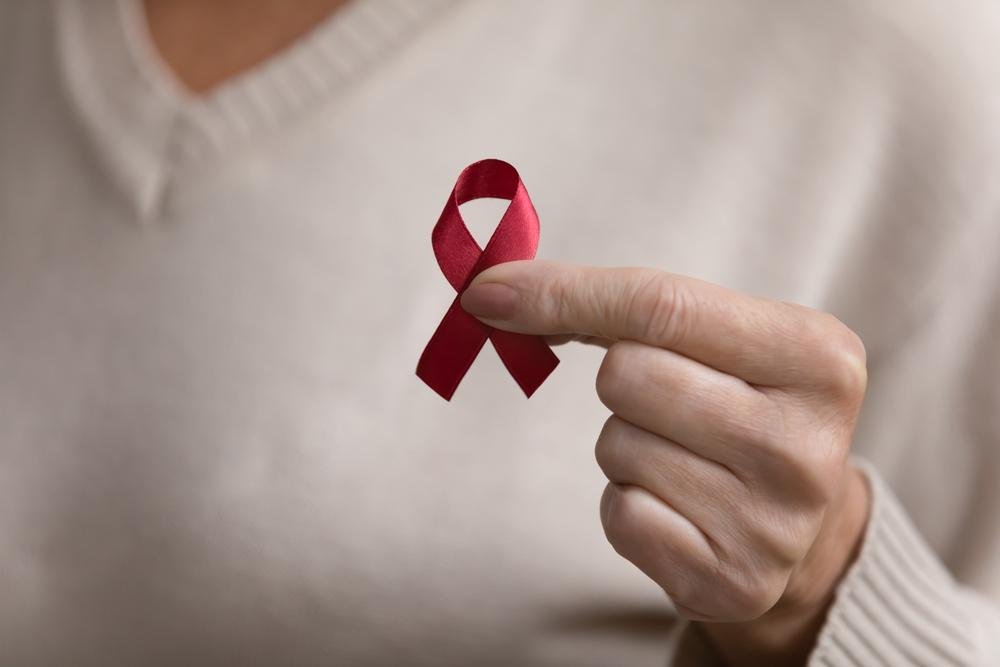First cases in 1981 AIDS It began to appear in California, United States. A mysterious evil at the time, the disease manifested itself as a rare disease epidemic that began to worry the population.
Problems like Kaposi’s Sacroma and some lung infections were not that common, but they did affect gay men in the area in large numbers.
Researchers suspected that an infectious disease was behind the events. It was baptized by derogatory and homophobic names until the disease began to affect hemophiliacs and people who inject drugs. It was then that the exact name was adopted: Acquired Immunodeficiency Syndrome or AIDS.
Source
Two years after the initial reports, French and American virologists identified the Human Immunodeficiency Virus, or HIV, and were able to compare AIDS with other diseases, particularly an epidemic plaguing West Africa.
The pathogen that causes the African disease has been named HIV-2. However, it did not resemble HIV-1, but another virus that affects monkeys, gorillas, and chimpanzees.
Despite their suspicions, experts were not able to confirm until 1989 that HIV-1 also resembled a monkey virus called SIVcpz. HIV-1 is thought to be caused by viruses of chimpanzee species. pan troglodytes troglodytes.
Still, it took almost 10 years to discover the place and time of origin of the infectious agent. The first recorded case of HIV-1 infection in history was discovered only in 1959, when blood samples collected were sequenced.
The patient lived in the city of Kinshasa, the capital of the Democratic Republic of the Congo. How the pathogen achieved the evolutionary leap necessary to infect us is not yet known, but it may have happened through the consumption of the meat of these animals.
pandemic years
Around 77 million people worldwide are living or have lived with HIV, one of the worst pandemics in recent history. In the early years, the disease spread among gay men, and because it was an STI (Sexually Transmitted Infection), the stigma that persists to this day has emerged.
Various social movements have been formed to give visibility to neglected groups who are victims of the disease. ACT UP (AIDS Coalition to Unleash the Force) was one of them.

Founded in 1987 in New York, it was responsible for pressing the American government in favor of patients. He also proposed a new model for drug approval that allows patients access to experimental drugs.
Seeking a cure
The first drug approved for the treatment of HIV was zidovudine or AZT, followed by similar retrovirals. In 1996, Highly Active Antiretroviral Therapy (HAART) was introduced. With three drugs a day, deaths from AIDS in the United States were reduced by 50%.
New drugs have emerged to eliminate the mutations and resistance developed by HIV against AZT. In 2005, Post-Exposure Prophylaxis (PEP) was introduced: a 28-day treatment that reduces the risk of HIV infection by up to 80% for people who have come into contact with the pathogen.
Another leap forward in 2012. Use of Truvada for Pre-Exposure Prophylaxis, PrEP, which is protective against infection when taken once daily, is permitted. There are more than 30 drugs on the market today to fight the disease.
The carrier of the virus can maintain undetectable, non-transmissible levels of the pathogen with just one pill a day. And here in Brazil, full treatment, including PEP and PrEP, is available free of charge through SUS.
Source: Tec Mundo
I am Bret Jackson, a professional journalist and author for Gadget Onus, where I specialize in writing about the gaming industry. With over 6 years of experience in my field, I have built up an extensive portfolio that ranges from reviews to interviews with top figures within the industry. My work has been featured on various news sites, providing readers with insightful analysis regarding the current state of gaming culture.










